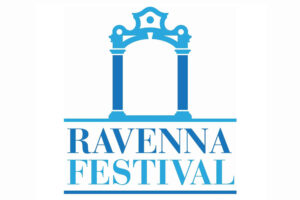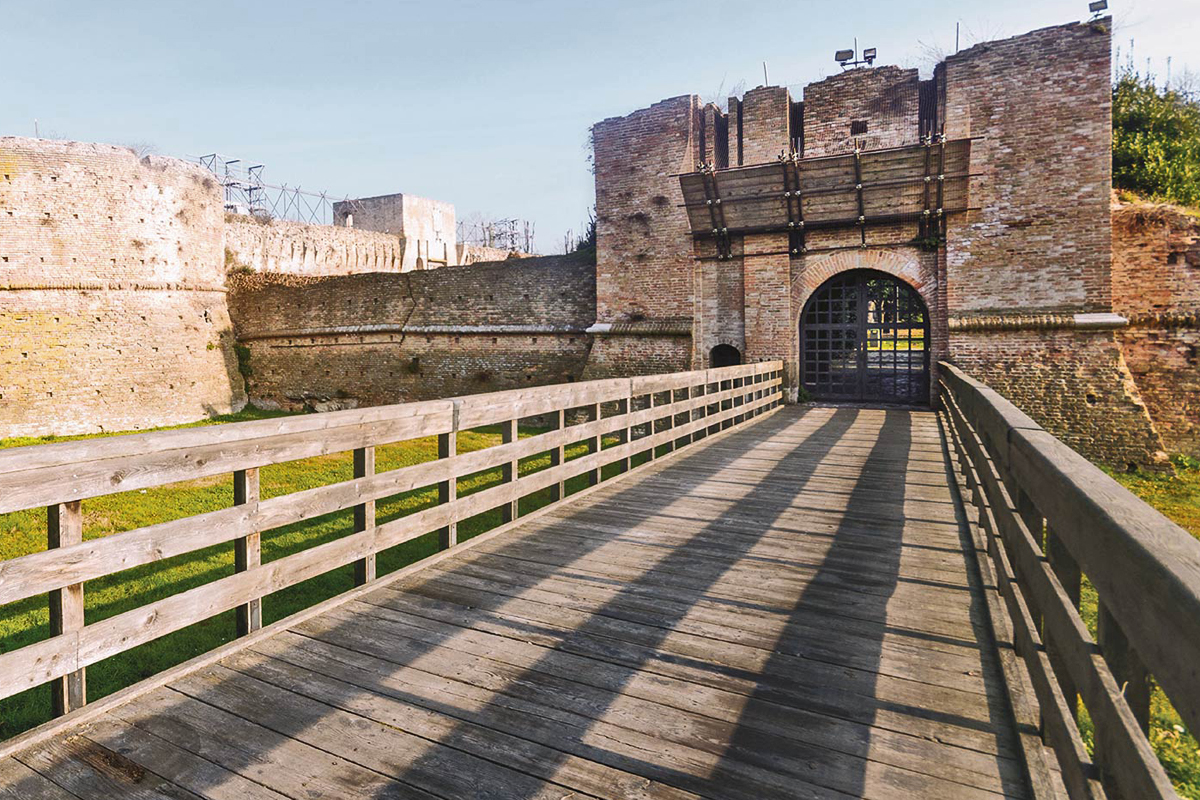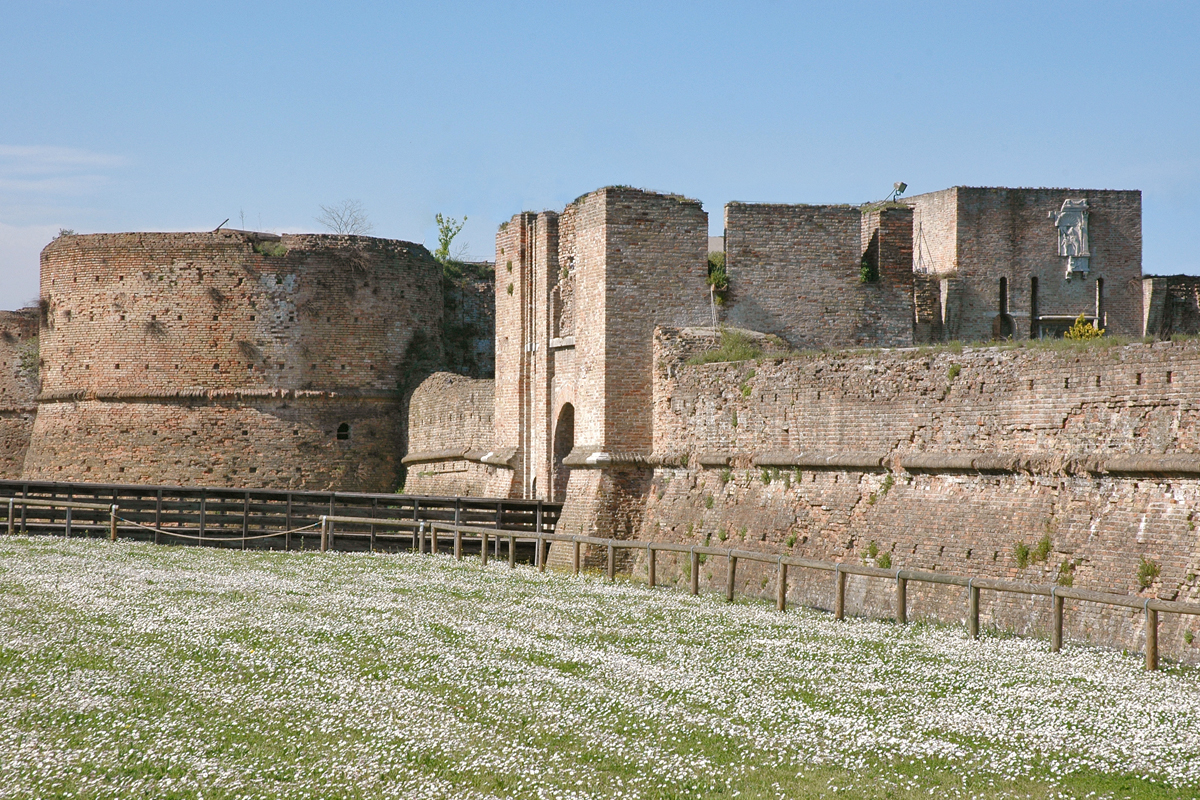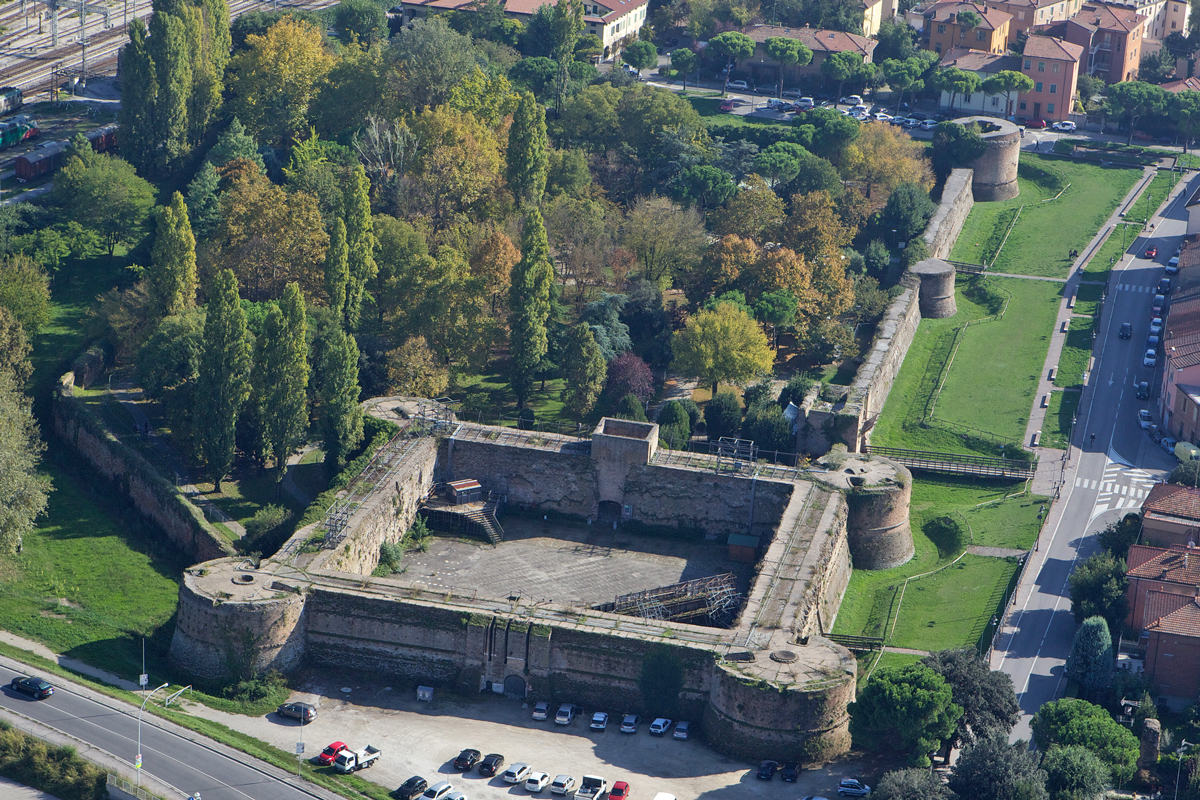Coming from the Ravenna railway station and heading towards the Mausoleum of Theodoric, along the route you will see one of the most tangible proofs of the Venetian rule over the city: the ROCCA BRANCALEONE FORTRESS.
With its imposing architecture, harsh lines and marked by time, this complex openly shows its military and defensive purposes. Today, it’s quite the opposite: the fortress has become a place to meet and have a good time, hosting events and cultural festivals.
The history of the complex
In 1441, after Ostasio III Da Polenta’s defeat, Venice took control over Ravenna. Among the many works to enhance the city, the new rulers made a great effort to reinforce its defensive system.
In 1457, the “Serenissima” ordered the construction of a fortress to protect the north-east part of the city walls. This area, set on the heels of the Montone river was namely much exposed. The new fortress was built close to a wide road that led to Venice, and to a church dedicated to Sant’Andrea dei Goti, which Theodoric built not far from his Mausoleum.
Doge Francesco Foscari financially supported the construction of the fortress from 1456 onwards. The project by Giacomo Corner and Vitale Lando was carried out under the supervision of Giovanni Francesco da Massa.
On May 25th 1457, chief magistrate Pietro Zorzi buried three coins, and on that spot archbishop Bartolomeo Roverella laid the first stone, officially starting the construction of the fortress.
Two great battles starred the Rocca Brancaleone fortress. The first was in 1509 – after a one month-long resistance, the Pope’s army succeeded in breaching the walls and entering the city.
Lastly, the Battle of Ravenna (1512) saw the troops of the anti-papal coalition (France and Ferrara) reconquer the city.
Starting from the 16th century, the Rocca Brancaleone fortress gradually lost its importance, and in 1877 it was acquired by the Rava family.
Since 1965, it has been owned by the Municipality of Ravenna and is part of a public park open to citizens and tourists alike that also hosts a cocktail bar and restaurant.
The architecture of the Rocca Brancaleone fortress
The focal point of the fortress was the Rocca (or Ridotto), a wide quadrilateral surface measuring about 2,200 sqm with four imposing circular towers set at the corners. The towers are connected with each other thanks to enceintes, from which it was possible to see the coastline that in the past was much nearer to the city than it is today.
All around, the fosse surrounded the castle, as still suggested by some traces.
On the other hand, to the south raised the so-called Citadel: a 14,000 sqm area where the soldiers used to live. Here was also room for warehouses, storage of weapons and ammunitions, and facilities for the everyday activities.
“Brancaleone”: a strange name for a fortress
The complex has a strange name: “Brancaleone“. According to some scholars, it could come from the union of the words “branca” (meaning to catch) and “leone” (lion), the symbol of the Serenissima.
This could also be confirmed by a high relief located on the gate separating the Rocca from the Citadel, depicting a Venetian winged lion.









